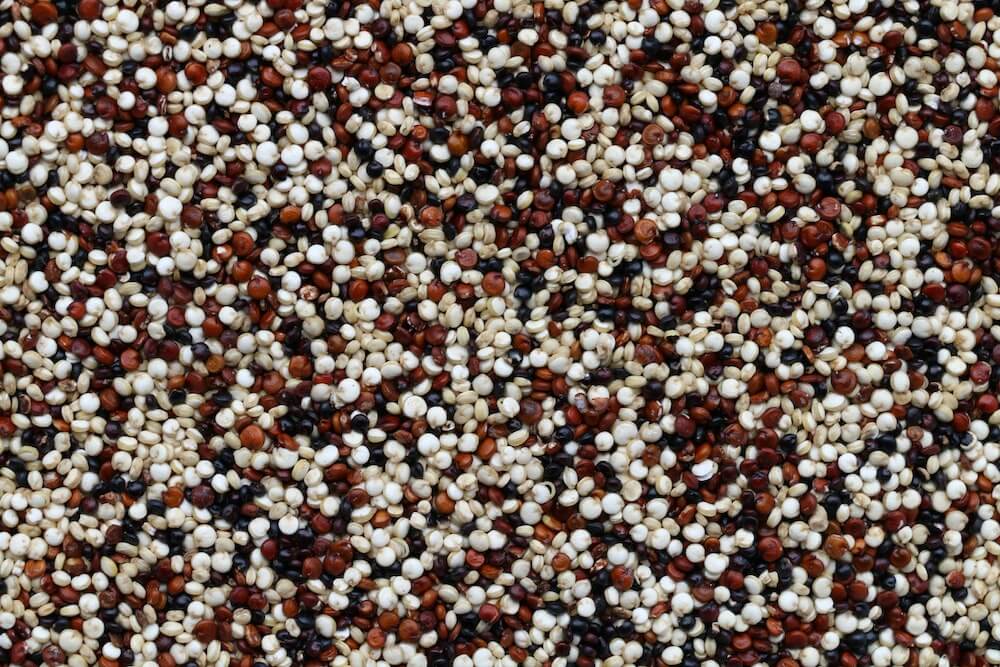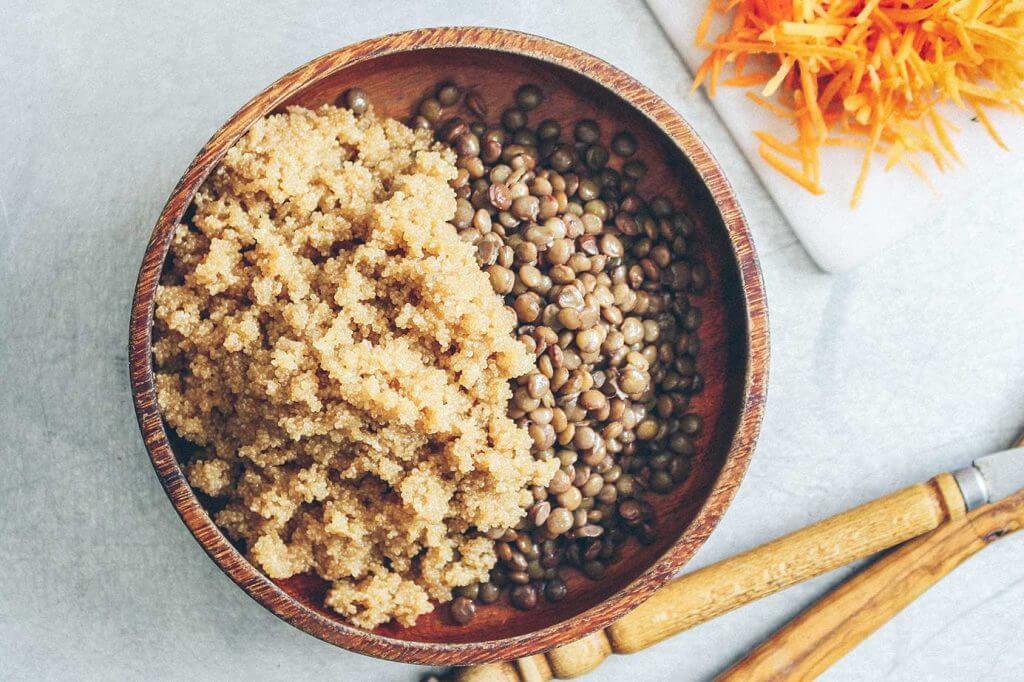16 Mar 2021
Amaranth vs quinoa: which is the healthier choice?
But with variety comes dilemma, particularly when we’re attempting to navigate the best grains to nurture our bodies from the inside out. With so much choice, it can be difficult to know which is most suitable for you, and which is the healthiest choice overall. We’ve set out to do some of the hard work for you by taking two of the most popular grains to see who wins in the battle of amaranth vs quinoa.
What are amaranth and quinoa?
As mentioned, amaranth and quinoa are classed as pseudocereals. A pseudocereal is a food or cereal that isn’t of the grass family, meaning they aren’t technically a grain but they’re referred to as such.
Amaranth and quinoa both originate from plants that produce fruits or seeds that are consumed as grains. Both are seeds, but their consistency and texture means they successfully replicate grains in cooking and baking, and they also both have tremendous nutritional value.
The history of amaranth
The history of amaranth is strongly linked to the Aztecs, thought to have been first cultivated around 8,000 years ago.
The word itself stems from the Greek, amarantos, meaning ‘the one that does not wither’, and the amaranth flower was considered a symbol of immortality in Ancient Greece.
With this in mind, the nutritional benefits of including amaranth in our diet certainly begin to make sense.
The history of quinoa
Quinoa dates back to a similar period in history as amaranth, believed to have first been cultivated around 5,000 years ago at Lake Titicaca on the border of Bolivia and Peru.
The Incas declared the crop sacred, referring to it as the ‘mother of all grains’ and traditionally, the Inca emperor would be the one to sow the first seeds of the season using ‘golden implements’.
A hardy plant, quinoa has become a trustee staple of the health food world, being a firm favourite for those in need of a gluten-free alternative to flour, as well as being high in protein and rich in antioxidants.

Weighing it up - amaranth vs quinoa
In terms of nutrition, amaranth and quinoa provide similar benefits, but there are some notable differences.
Per 100 grams of cooked amaranth grain:(1)
- 102 calories
- 1.6g fat
- 16.6 net carbohydrate
- 2.1g fibre, total dietary
- 3.8g protein
- 2.1mg iron
- 65mg magnesium
- 135mg potassium
Per 100 grams of cooked quinoa grain(2):
- 120 calories
- 1.9g fat
- 18.5 net carbohydrate
- 2.8g fibre
- 4.4g protein
- 1.49mg iron
- 64mg magnesium
- 172mg potassium
What’s clear here is that amaranth grain is lower per 100 grams in calories and carbohydrates, (good news if you’re in a calorie deficit). The iron content is also impressive. Iron is vital for the production of red blood cells which help carry oxygen around your body.
Quinoa, meanwhile, is providing you with slightly more protein per 100 grams, but is higher in calories. Its fibre content can help you to feel full for longer if you’re keen to stave off those evening snack cravings after dinner.
Related reading

